Nurturing [Sustainable Minds]
![Nurturing [Sustainable Minds]](/content/images/size/w960/2025/12/PSX_20250719_180734-1.jpg)
There are currently 1 billion and 240 million children in primary and secondary schools around the world - thats about 20% of world's population.
But what if these children were educated for the planet? What if they were educated to solve the world's toughest problems? What if they were educated to become global citizens that lead sustainable lifestyles where they prioritize sustainable development in their future careers and actively support the communities they come from? Great questions eeh!
We often speak about poverty, climate change, food insecurity & hunger, weak healthcare systems, corruption & poor governance, child marriages & FGM, gender-based violence, and environmental degradation — the pressing challenges facing Africa. But beyond talking, it falls on us to raise smart and responsible learners who can shape a better future for themselves and for everyone. For the survival of our planet, we must Educate for the Planet.
Global Schools Campaign
Through our Global Schools Campaign — Team Tetea's 4th flagship initiative in the fight against extreme poverty and in building resilient communities — we bring Education for Sustainable Development (ESD) directly to schools. This approach empowers learners and educators with the knowledge, skills, values, attitudes, and behaviours needed to live in ways that are good for the environment, the economy, and society.
💡 Knowledge
We help learners understand what sustainability means through the lens of the Sustainable Development Goals (SDGs) and how human and natural systems interact.
- Leaners also get an understanding of environmental issues like climate change, biodiversity, and waste.
- Awareness of social issues such as poverty, gender equality, and human rights.
- Linking local challenges (e.g., plastic pollution in their community) with global goals (SDGs).
Example in class: Teaching students how deforestation in Kenya affects rainfall patterns and farming.

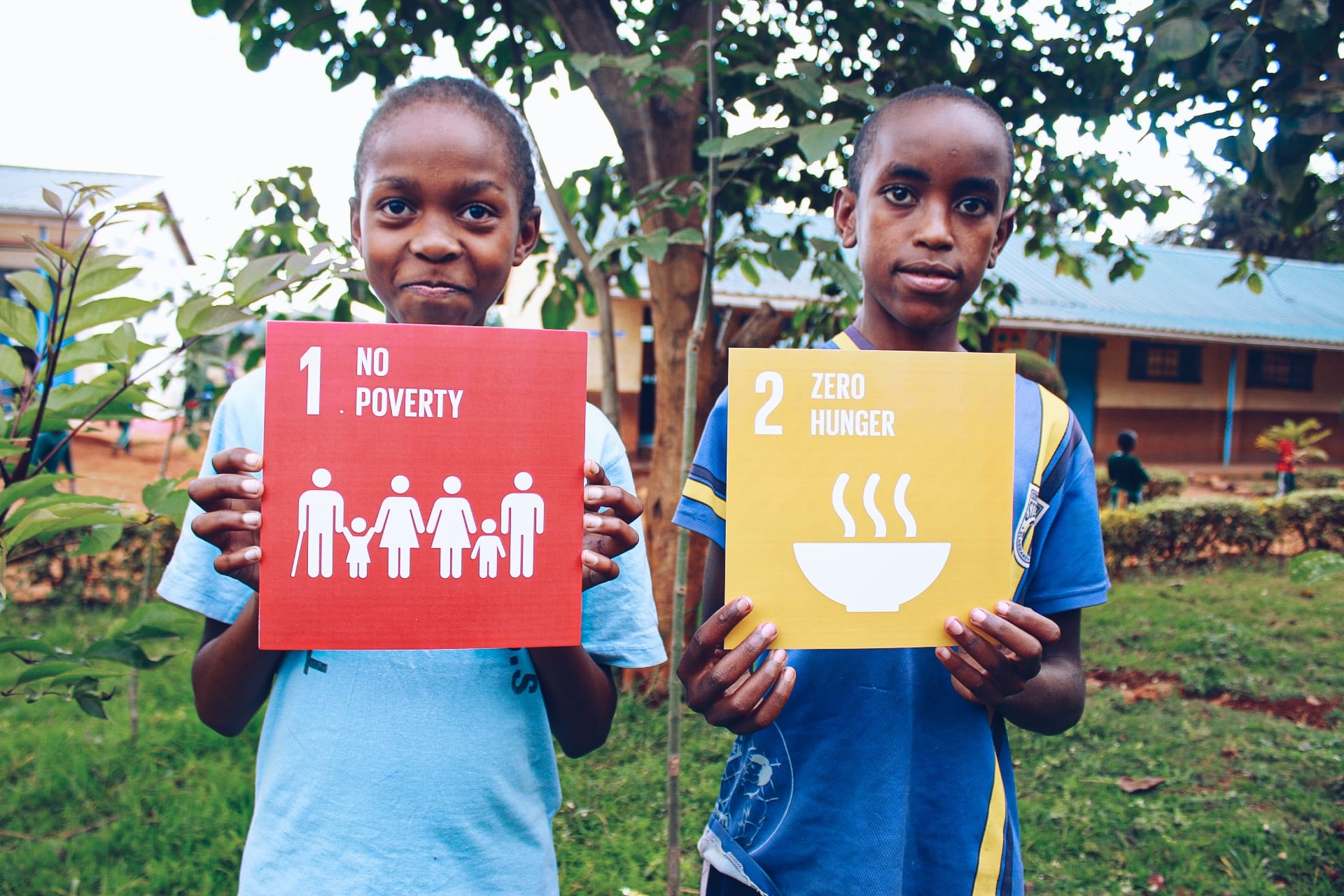
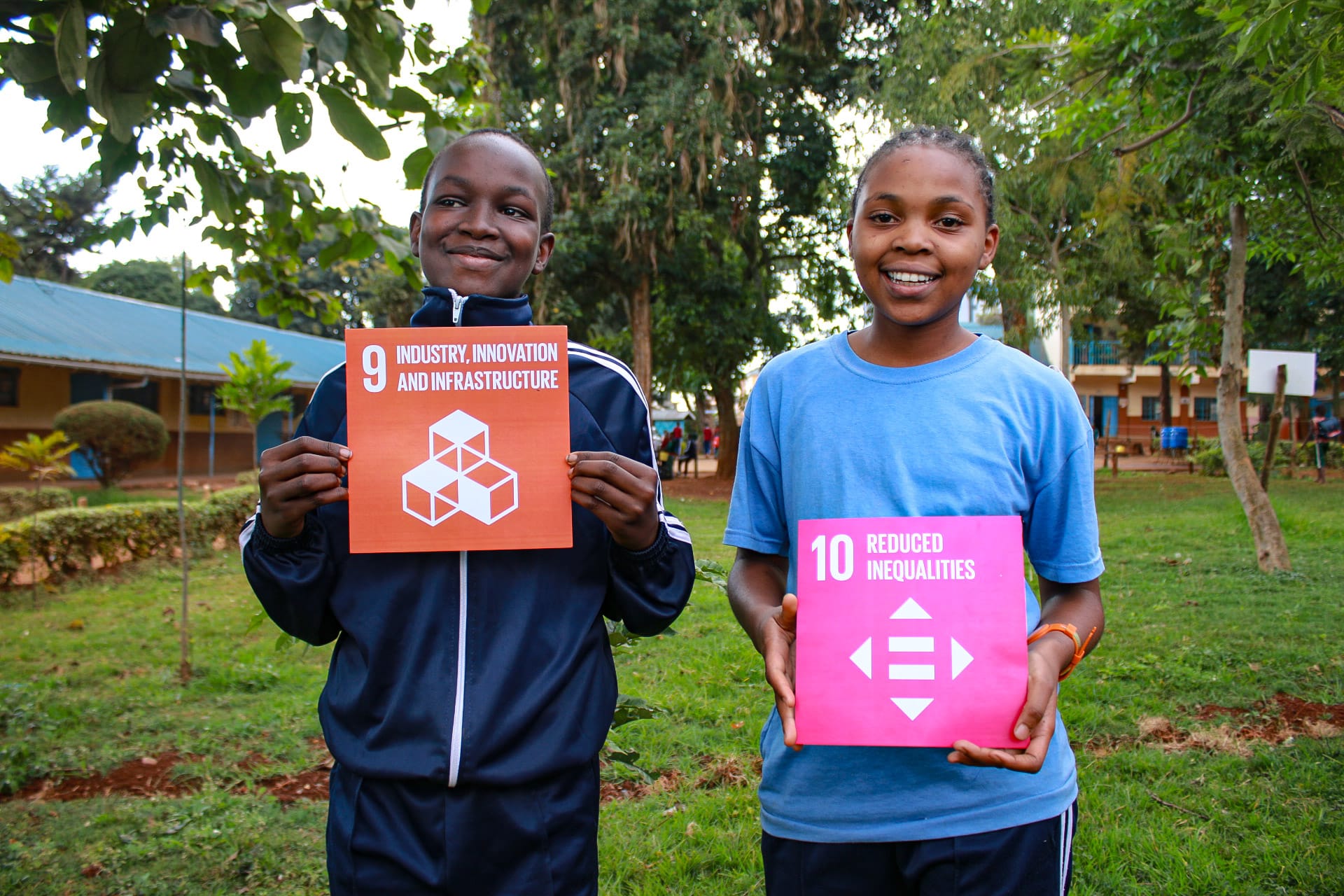
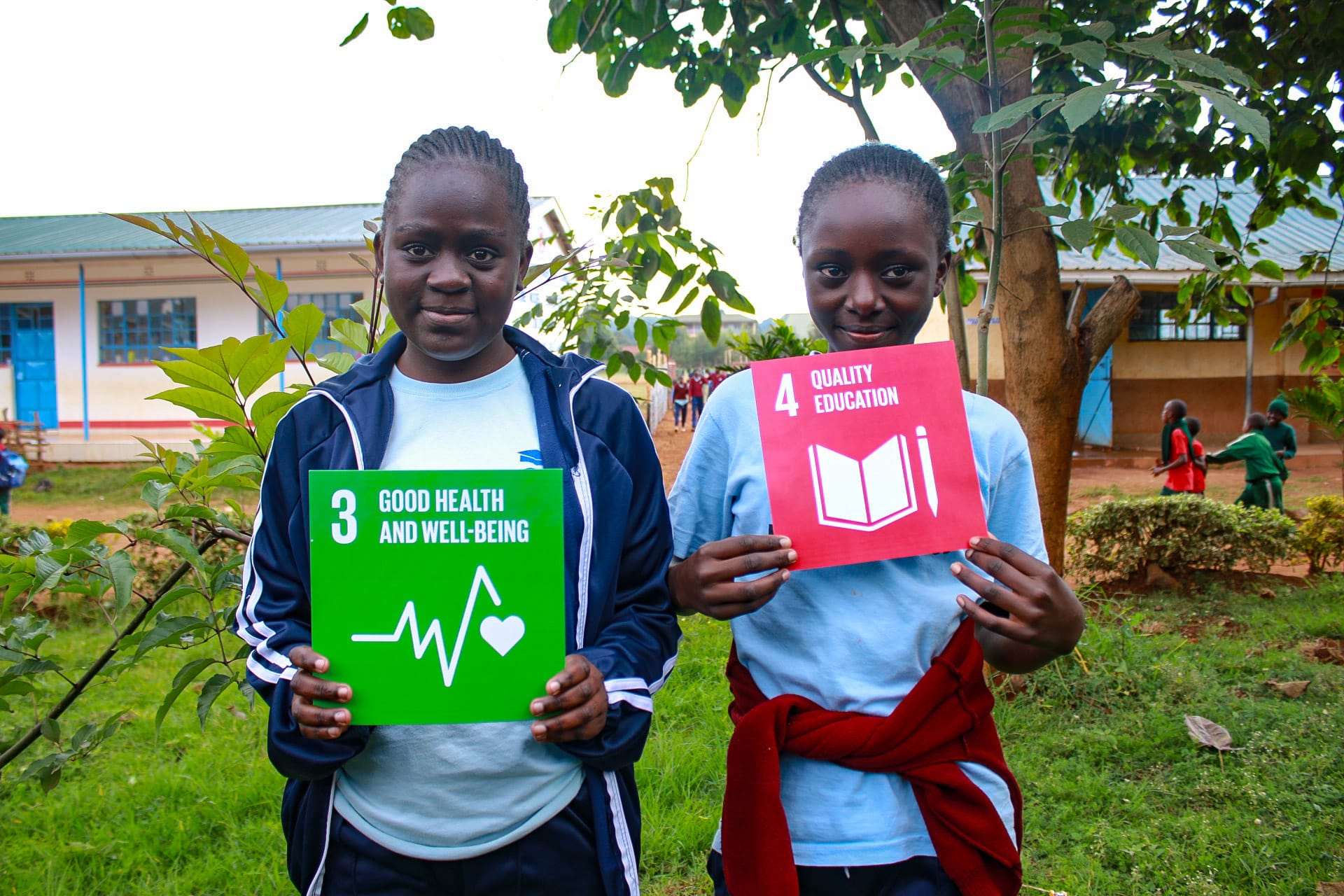
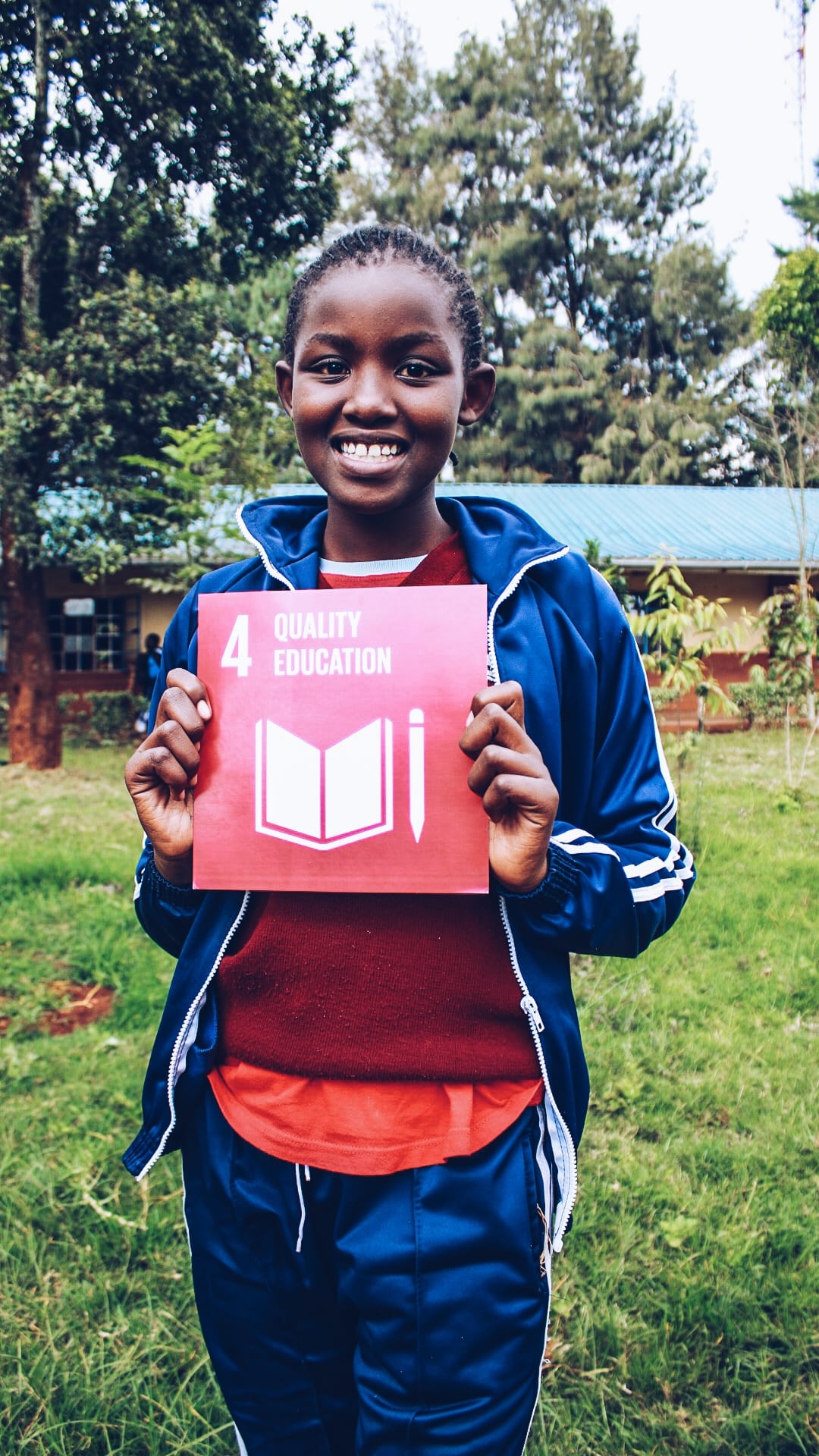
JSS students of Thirime Comprehensive School holding SDGs cards
⚒️ Skills
We impart learners with abilities they need to apply SDGs knowledge and solve real problems. Such skills include:
- Critical thinking – questioning why unsustainable practices happen and finding alternatives.
- Collaboration – working in groups to design sustainable projects like school gardens.
- Creative problem-solving – inventing new ways to recycle, save water, or conserve energy.
- Decision-making – weighing the pros and cons of actions (e.g., using plastic bottles vs. reusable water bottles).
Example in class: Group debates where students propose solutions to reduce school waste.
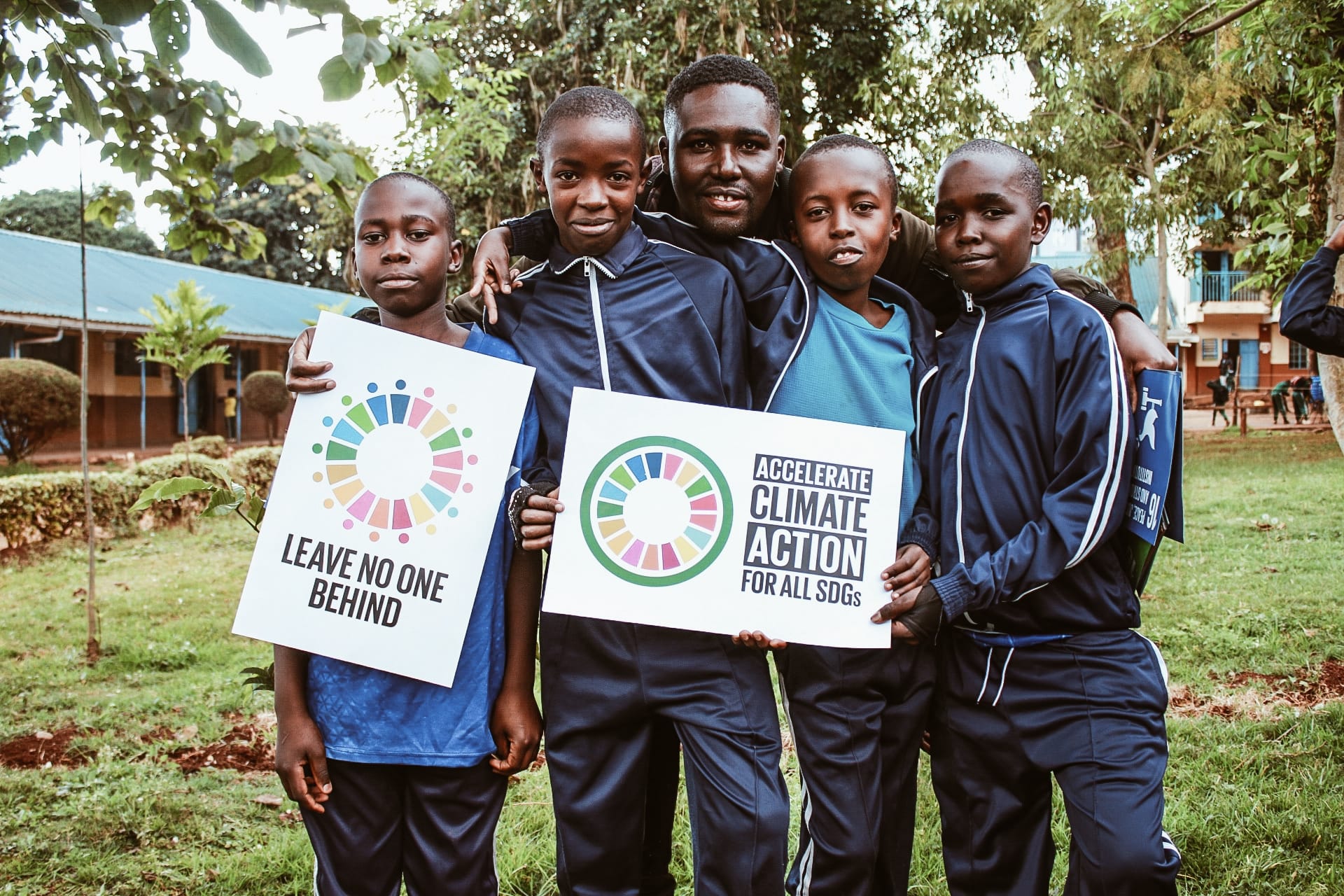

Team Tetea at Thirime Comprehensive School
⚖️ Values
The values we pass on to learners serve as a guide, helping them choose sustainable pathways in their future careers. Such values include:
- Respect for nature – recognizing the intrinsic worth of the environment.
- Equity and fairness – caring about justice for present and future generations.
- Solidarity – feeling responsible for others, especially vulnerable groups.
- Interconnectedness – valuing the link between personal choices and global outcomes.
Example in class: Discussing how wasting food at lunch connects to hunger in other parts of the world.
🌱 Attitudes
Attitudes shape the mindset learners carry into daily life.
- Curiosity – eagerness to learn about sustainability issues.
- Optimism – believing change is possible.
- Responsibility – taking ownership of their role in protecting the planet.
- Empathy – understanding how environmental damage affects people, animals, and future generations.
Example in class: Students showing pride when they switch to reusable bottles.

👣 Behaviours
Behaviors are the visible actions that reflect knowledge, skills, values, and attitudes that learners have acquired after our session with them.
- Practicing waste segregation and recycling at school.
- Conserving energy by switching off lights when not in use.
- Advocating for greener school policies (like tree planting).
- Influencing family and friends by modeling sustainable habits.
Example in class: A student convincing their parents to carry reusable shopping bags to the market.
👉🏽 Together, these five elements ensure that ESD doesn’t remain theoretical — it becomes part of how children think, feel, and act in their everyday lives.
This is the potential that education has in changing the world. ╰➝ Having more than a billion people who take personal, professional and community actions for the SDGs.
What to Expect from Our Team
Know more about Education for Sustainable Development by UNESCO
Through our Global Schools Campaign, we partner with schools to bring ESD to life in the classroom. If your school wants to empower students with SDG knowledge and practical skills for a changing world, reach out to us. Together, let’s ensure no child is left behind.
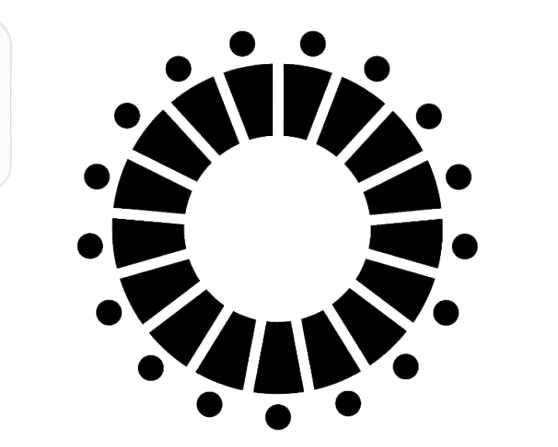


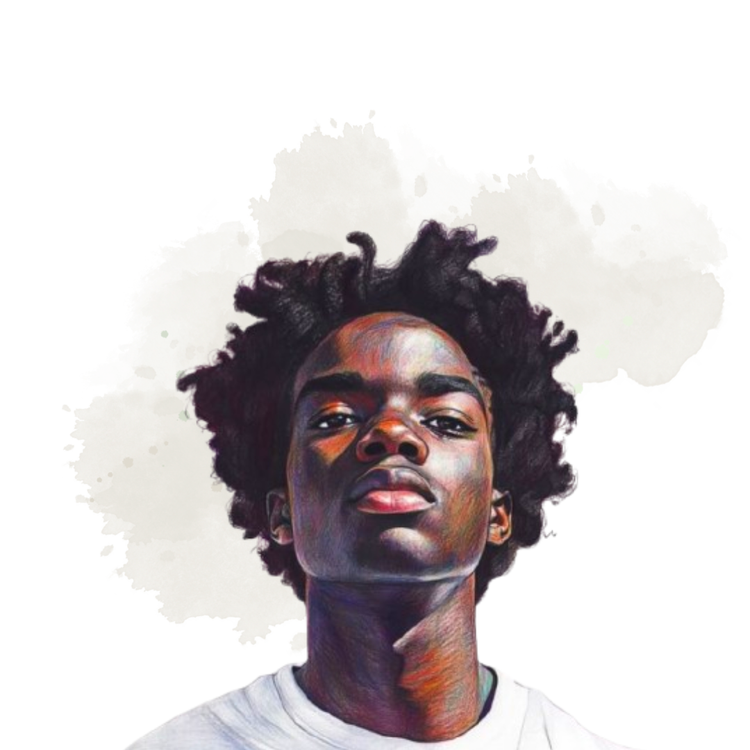

![Earth Day... [Every Day]](/content/images/size/w750/2025/05/IMG_0297-1-1.jpg)
Member discussion